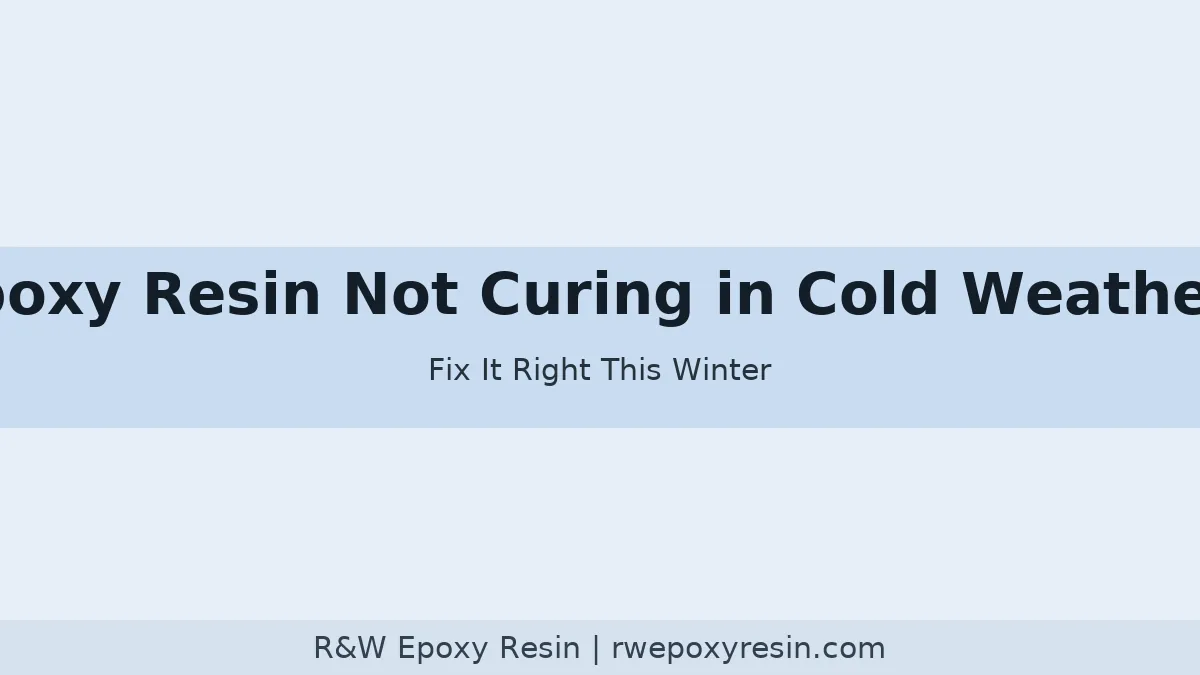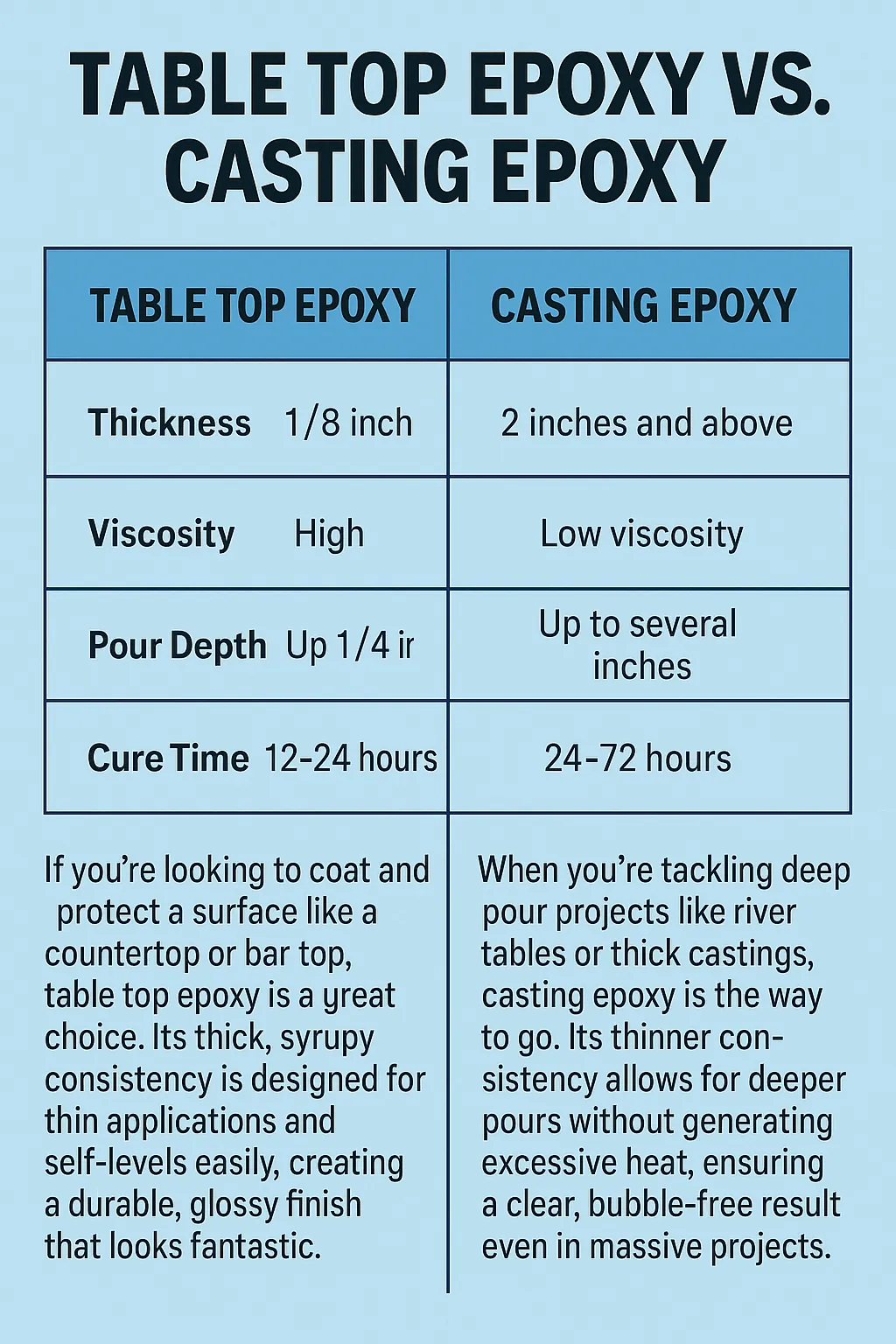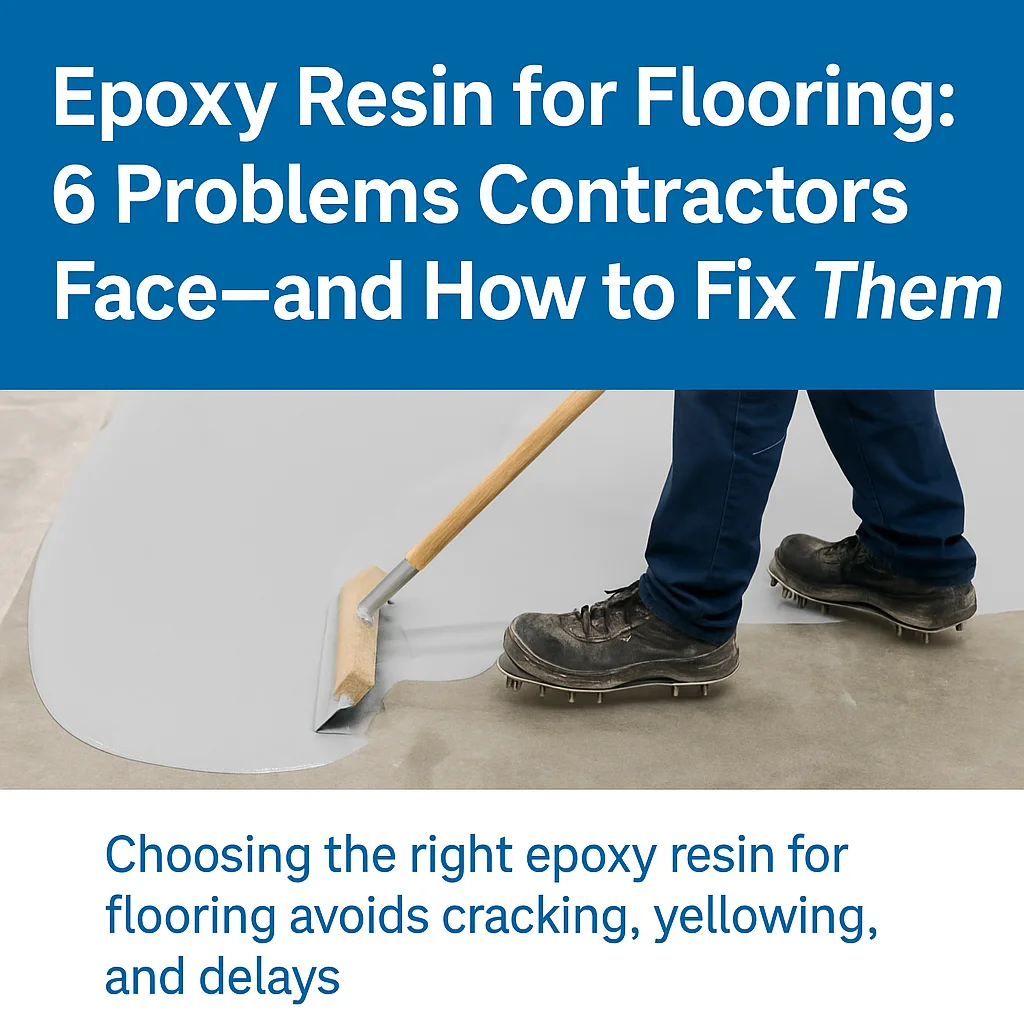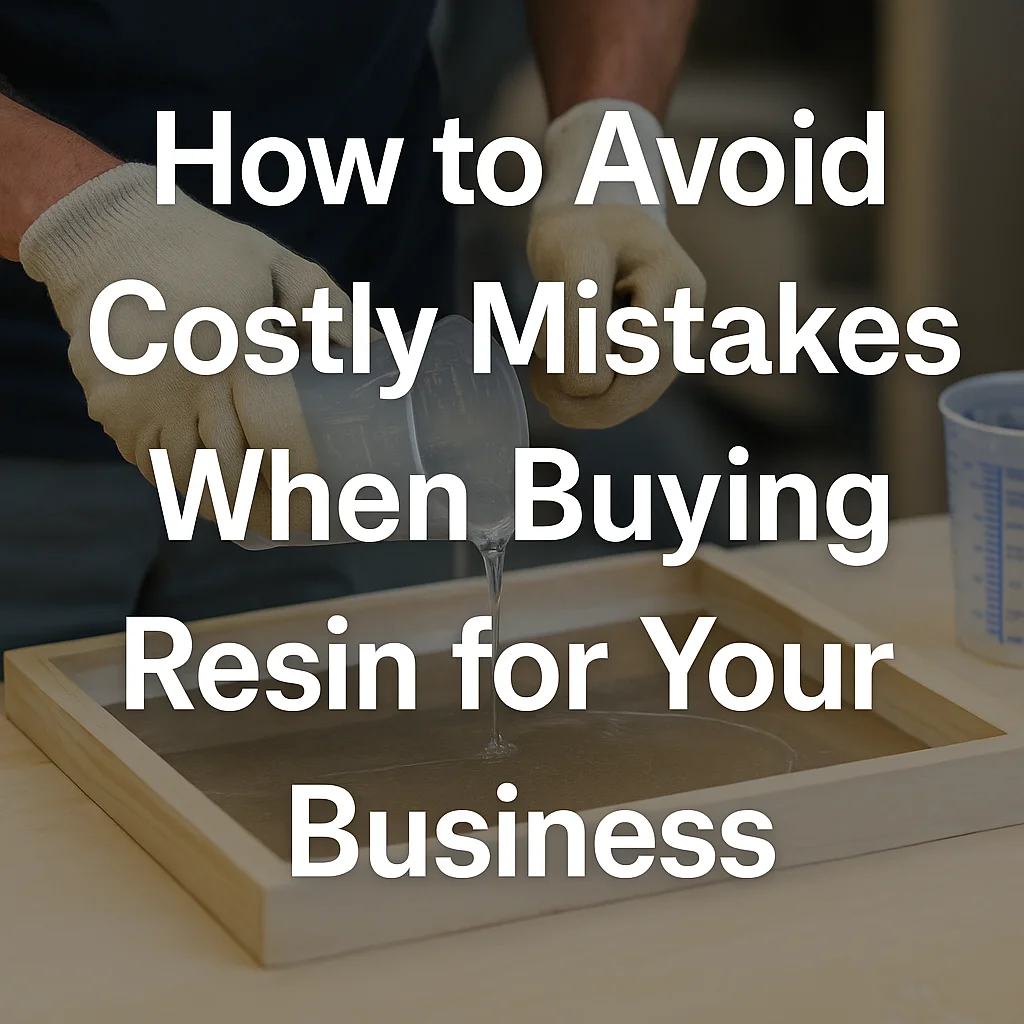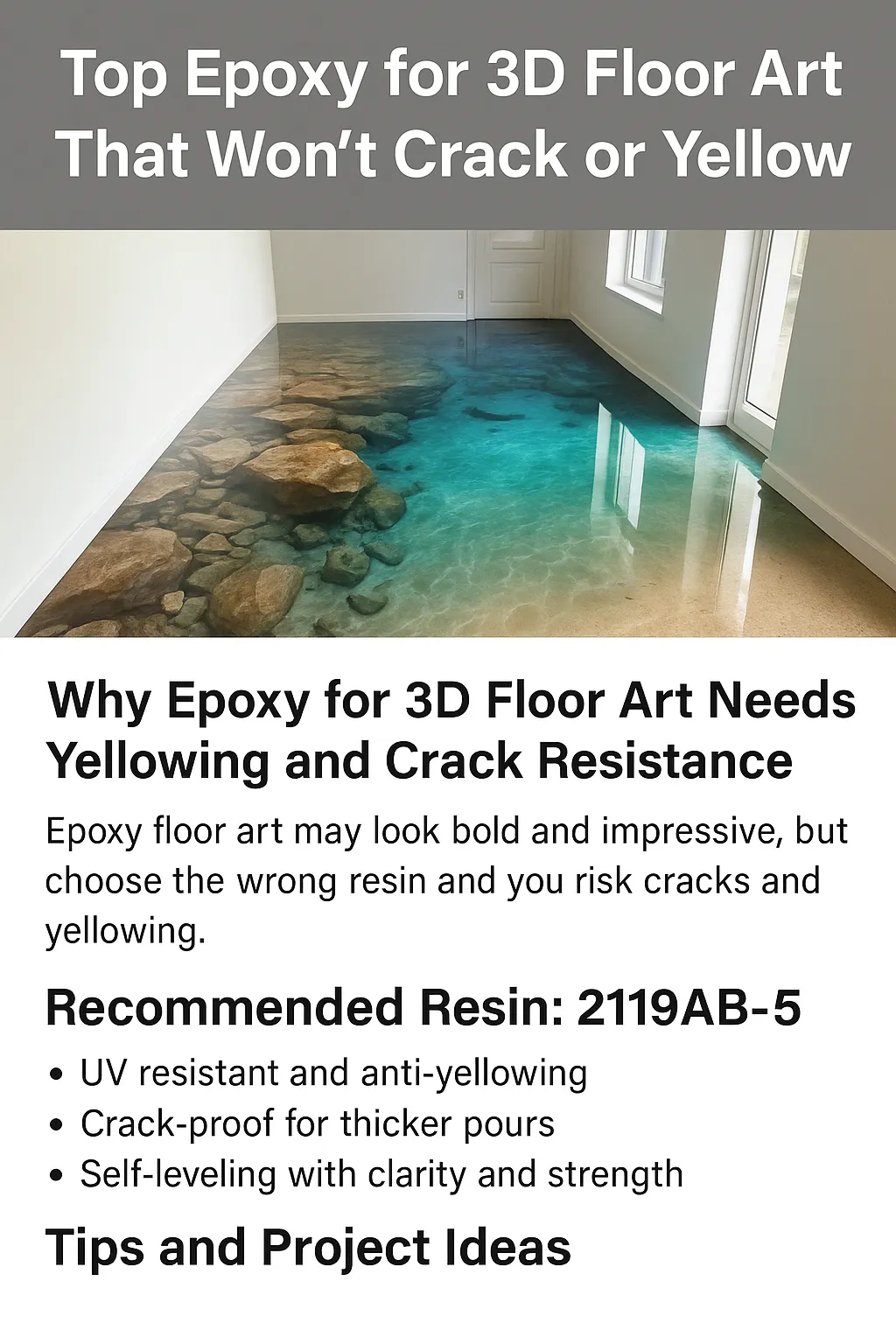If your epoxy resin still sticky after hours—or even days—you’re not alone.
I remember my first big resin pour on a walnut tabletop: it looked like liquid glass under the shop lights,
but the next morning it was tacky, leaving fingerprints. Let’s look at why epoxy resin still sticky
happens and, more importantly, how to fix it so you get a crystal‑clear, rock‑hard finish every time.
Epoxy resin for flooring is one of the most popular choices for commercial and industrial surfaces. But when contractors run into problems like bubbling, peeling, or slow curing, it often traces back to product mismatch or poor prep.
In this guide, we’ll walk through six common flooring issues—and show you how to avoid them using the right epoxy resin for flooring.
You’ve got the orders. The market demand is real. You’re ready to scale your workshop or factory. But then… things start to go wrong:
Your product warps after curing
The surface turns yellow in just a few weeks
Customers complain, returns pile up, and margins shrink
Cheap or mismatched resin can quietly sabotage your business. We’ve seen it happen more than once.
Epoxy resin for floor coating is more than just a finishing touch — it’s your shield against time, wear, and visual decay. Whether you’re managing an industrial plant or crafting a 3D art masterpiece underfoot, choosing the right floor resin matters.
Epoxy for 3D floor art isn’t just about appearance — it’s about performance. From hotel lobbies to home murals, you need a resin that flows evenly, resists yellowing, and handles daily wear. Enter 2119AB-5, our professional-grade formula built to make your vision last.
A versatile two-component adhesive used in many industries, AB glue has excellent bonding abilities but may present challenges and drawbacks that limit its performance across sectors. Here we explore strategies and practical solutions that may improve its functionality to maximize efficiency across numerous fields. Overview of AB glue AB glue is a two-component adhesive typically […]
An AB adhesive is a two-component glue made up of A agent and B agent; these need to be mixed in specific proportions in order for it to play its purpose, making this widely applicable in multiple fields due to its special performance characteristics. Characteristics of an Adhesive bond. High Bond Strength: When […]
Manufacturers often prioritize storage costs and quality when choosing industrial adhesives, particularly one-component adhesives with tight storage conditions as improper storage could compromise their chemical properties and lead to high storage costs. One component adhesives require careful storage conditions in order to retain their quality properties over time; otherwise their chemical composition would deteriorate rapidly […]
What Are the Advantages of Epoxy Floor Coatings Want to see some amazing qualities offered by RWAtelier’s Epoxy Coatings that you should keep in mind for revitalizing your space with RWAtelier Epoxy Coatings? Take a look: Easy Maintenance – Cleaning with basic solutions should not require extra efforts; and Durability is provided through epoxy coatings […]
- 1
- 2

